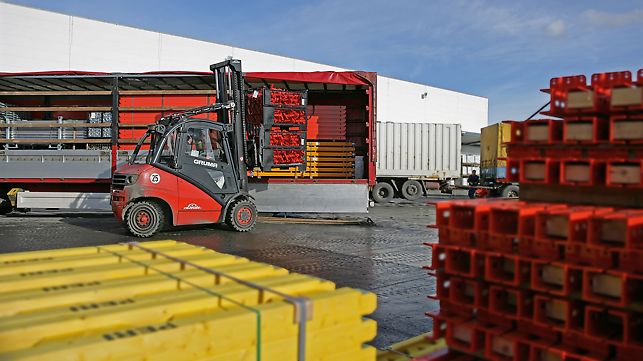Buying a plot is an important decision. There are many factors to consider. Choosing a plot is not just a matter of location and area. Before we decide to sign the contract, let’s ask the seller for details, look at the neighborhood, and look at the documents in the district court and municipal / city office.
Viewing the plot
Shape
At the first visit, let us immediately pay attention to the usability of the offered plot. Will its shape does not interfere with the convenient location of the building? Let’s watch out for plots of unusual shapes, for example, get a certificate elevation certificate pinellas county fl very narrow or very shallow, as well as those on which the future house can be oriented only on the south side. It’s best to choose a plot in the shape of a square or a rectangle similar to a square.
Value of Surveyor Work
To start construction works, an authorized land surveyor must mark out a building in accordance with the approved plot development project.
The basic demarcation of a building may consist of driving stakes in the corners of the implemented house. However, driven stakes are most often destroyed during earthworks.
After the excavation, elevation certificate pinellas county fl we must again ask the land surveyor to delineate the foundation footings in accordance with the construction design. Most often, while setting out benches, the surveyor also sets height points on the construction site determining the level of foundation of the benches or the level of the ground floor of the building.

The land surveyor may perform so-called “wire benches” at the initial demarcation of the building. They consist of making wooden shoals (2 stakes connected by a horizontal board) with a nail embedded in the board, specifying the axis of the course of individual walls. Then, between the hammered nails, we run wires (hence the name – wire benches) marking the lines of the walls. This demarcation of the building is permanent until construction is completed. At the intersection of the stretched wires, we attach a plumb line that will determine the exact location of the corner of the building. The wire is rolled up during earthworks and stretched again after earthworks are completed.
The surveyor must make a confirmation in the construction log of the demarcation of the building in the field. After the construction is completed, the surveyor must track the constructed building, mark it on the maps of the geodetic resource and make maps with the marked building, required for commissioning the building. When locating the building, the surveyor should also map the connections made to the building: water, sewage, gas, and energy. These networks can be tracked when making individual building connections. Authorized surveyor confirms all measurements at the construction site with an entry in the construction logbook.








